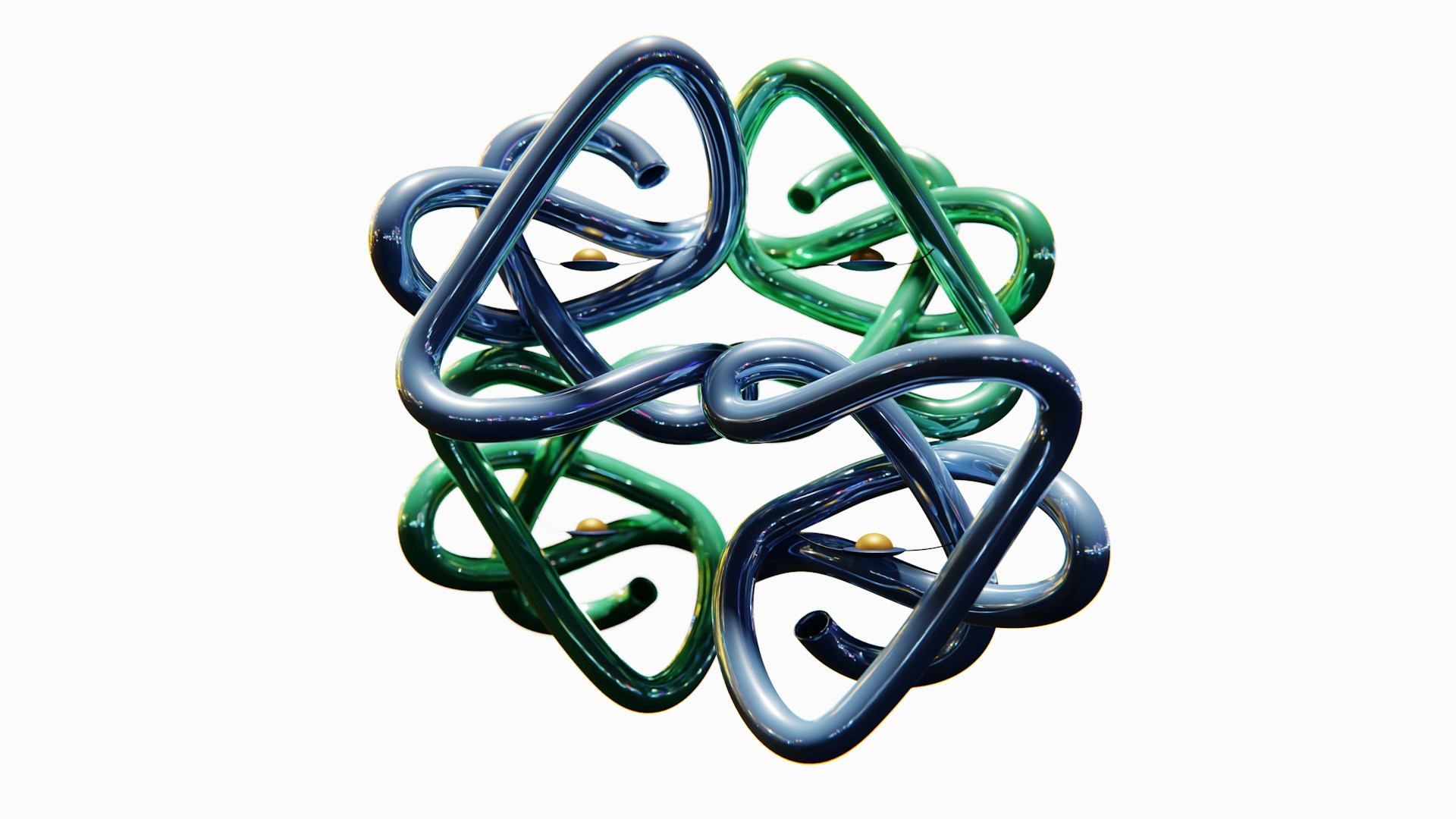Researchers at Stanford University have achieved a breakthrough in iron-based battery technology, creating a material capable of reaching a higher energy state than previously thought possible. Led by Ph.D. candidates Hari Ramachandran, the interdisciplinary team built on the work of Stanford alumnus William Gent to develop an iron-based cathode material that can reversibly transfer five electrons per iron atom, significantly increasing potential energy storage.
Ramachandran, H., Mu, E. W., Lomeli, E. G., Braun, A., Goto, M., Hsu, K. H., Liu, J., Jiang, Z., Lim, K., Busse, G. M., Moritz, B., Kas, J. J., Vinson, J., Rehr, J. J., Park, J., Abate, I. I., Shimakawa, Y., Solomon, E. I., Yang, W., … Chueh, W. C. (2025). A formal FeIII/V redox couple in an intercalation electrode. Nature Materials. https://doi.org/10.1038/s41563-025-02356-x
The study, involved 23 scientists from three U.S. universities, four national laboratories, and collaborators in Japan and South Korea. Their research suggests immediate applications for lithium-ion batteries, with potential impacts on magnetic resonance imaging, magnetic levitation technologies, and possibly superconductors.
Iron plays a key role in redox reactions, transferring electrons in biological, industrial, and energy systems. Traditionally, iron cathodes in lithium-ion batteries utilize only two to three electrons per iron atom, limiting voltage and energy density. Gent’s earlier work proposed pushing iron to a five-electron transfer, but the approach faced structural challenges that prevented practical application.
Led by Ph.D. candidate Hari Ramachandran from Stanford University, stated,
“Making the particles very small just 300 to 400 nanometers, or billionths of a meter, in diameter, about 40 times smaller than before turned out to be a challenge”.
Ramachandran and Mu overcame these challenges by synthesizing extremely small nanoparticles, roughly 300–400 nanometers in diameter, and growing them in a carefully formulated liquid solution. This approach stabilized the crystal structure, allowing repeated electron transfer without material collapse during charging and discharging cycles.
Eder Lomeli contributed detailed computational modeling to confirm that the additional electrons arise not solely from iron but from cooperative interactions between iron and oxygen atoms in the material. According to Lomeli, “The atoms in this well-arranged material behave like a single entity, distributing electrons in a way that maximizes energy potential without compromising structural stability.”
The team’s experimental work utilized X-ray and neutron beams at Lawrence Berkeley, Oak Ridge, and Argonne national laboratories. These investigations revealed that unlike previous materials, which deformed under lithium extraction, the new cathode bends slightly to accommodate lithium movement, retaining structural integrity over repeated cycles.
Iron is increasingly favored over cobalt and nickel in battery cathodes due to cost and ethical considerations. Cobalt, primarily sourced from the Democratic Republic of the Congo, raises concerns around child labor and environmental degradation. Today, about 40% of lithium-ion batteries use lithium, iron, and phosphorus (LFP) cathodes, which are safe and low-cost but limited in voltage.
The Stanford team’s new material, combining lithium, iron, antimony, and oxygen (LFSO), promises higher voltage without relying on scarce metals, potentially transforming battery applications for electric vehicles, grid storage, and other energy technologies.
Professor William Chueh, one of the team’s advisors, notes, “Our detailed exploration confirms oxidation beyond three electrons for iron. This opens the door to high-voltage, iron-based cathodes that are more sustainable and economically viable.” The team continues to explore practical engineering solutions, including alternatives to antimony to reduce supply chain vulnerabilities.
This breakthrough demonstrates the value of combining experimental synthesis with computational modeling in advancing battery technology. By stabilizing iron in a higher oxidation state, the team has pushed the limits of what is possible for iron-based energy storage, setting the stage for next-generation batteries that are efficient, high-voltage, and more sustainable.

Adrian graduated with a Masters Degree (1st Class Honours) in Chemical Engineering from Chester University along with Harris. His master’s research aimed to develop a standardadised clean water oxygenation transfer procedure to test bubble diffusers that are currently used in the wastewater industry commercial market. He has also undergone placments in both US and China primarely focused within the R&D department and is an associate member of the Institute of Chemical Engineers (IChemE).



